Nerve pain drug gabapentin linked to increased dementia, cognitive impairment risks
Powered by WPeMatico
Powered by WPeMatico
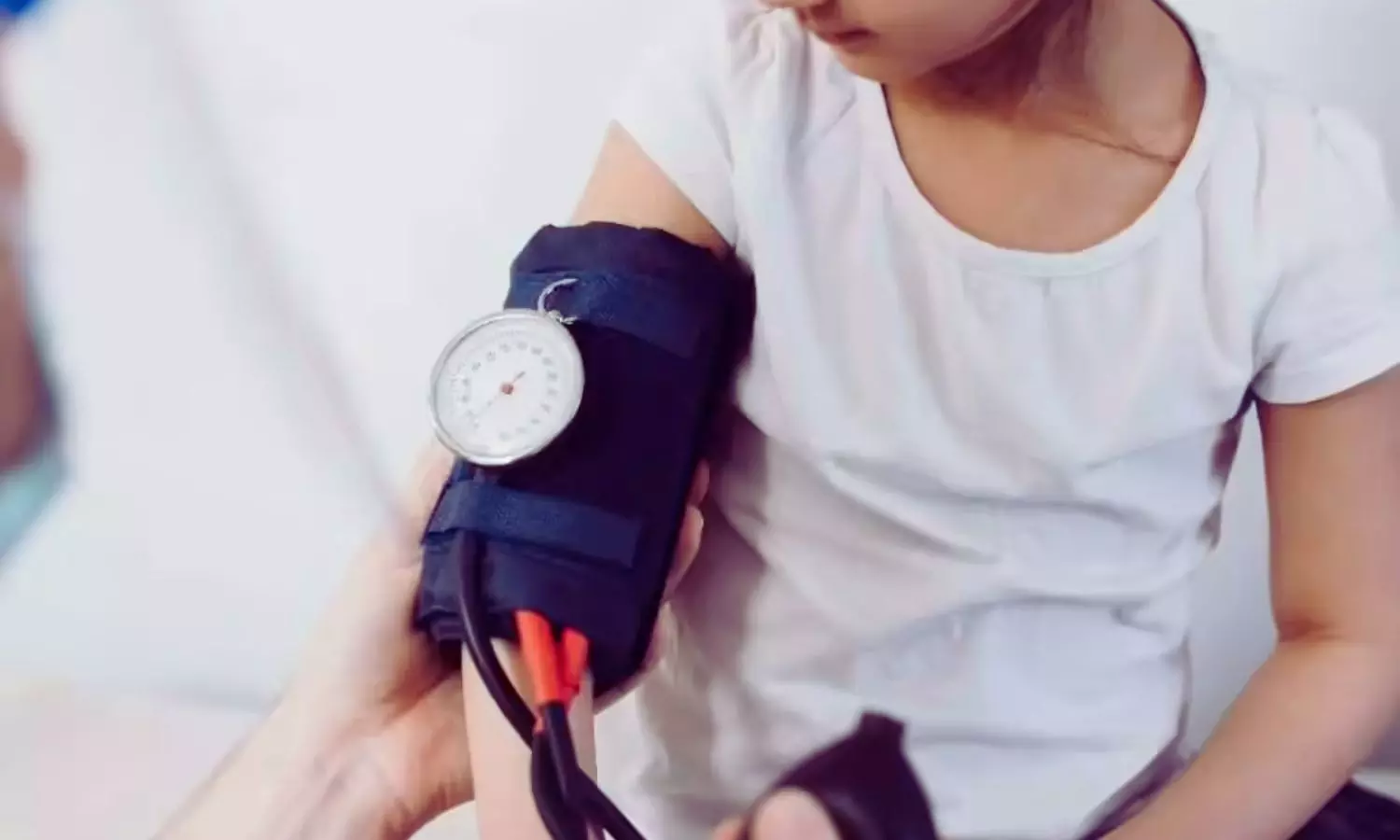
Japan: A new systematic review and meta-analysis has revealed a significant and growing burden of hypertension among childhood and adolescent/young adult (AYA) cancer survivors, emphasizing the importance of long-term cardiovascular care in this population. The study, published in Hypertension Research, was conducted by Dr. Shintaro Minegishi from the Department of Cardiology, Yokohama City University School of Medicine, Japan, along with a team of international researchers.
As cancer survival rates improve globally, attention has increasingly turned to the long-term health consequences faced by survivors. One of the most pressing concerns is cardiovascular health, particularly hypertension, a modifiable risk factor known to increase the likelihood of heart disease, stroke, and other serious conditions. Despite its known risks, the extent and persistence of high blood pressure in young cancer survivors have not been thoroughly understood until now.
To better quantify this risk, the researchers conducted a comprehensive search of four major databases—PubMed, EMBASE, Cochrane Library, and Web of Science—focusing on studies involving childhood and AYA cancer survivors who had completed treatment. A total of 91 studies comprising data from 86,132 individuals were included in the analysis.
The researchers reported the following findings:
These results highlight the sustained vulnerability of childhood and AYA cancer survivors to hypertension and related complications. The authors stress that routine monitoring and proactive management of blood pressure should be an integral part of survivorship care. Early identification and long-term follow-up are essential to mitigate cardiovascular risks and enhance the quality and longevity of life for this growing survivor population.
The authors concluded, “The study makes a compelling case for integrating cardiovascular risk assessment into cancer follow-up protocols and tailoring hypertension management strategies to meet the unique needs of survivors from a young age. As the survivor population continues to grow globally, such measures could play a pivotal role in reducing preventable cardiovascular deaths and improving overall health outcomes.”
Reference:
Asai, M., Tokoro, T., Komura, N., Minegishi, S., Horigome, A., Hattori, K., Ishii, S., Hanajima, Y., Okazaki, Y., Horita, N., Ishigami, T., Hibi, K., Yano, Y., Nishiyama, A., & Node, K. (2025). Prevalence and management of hypertension in childhood, adolescent, and young adult cancer survivors: A systematic review and meta-analysis. Hypertension Research, 1-13. https://doi.org/10.1038/s41440-025-02276-y
Powered by WPeMatico
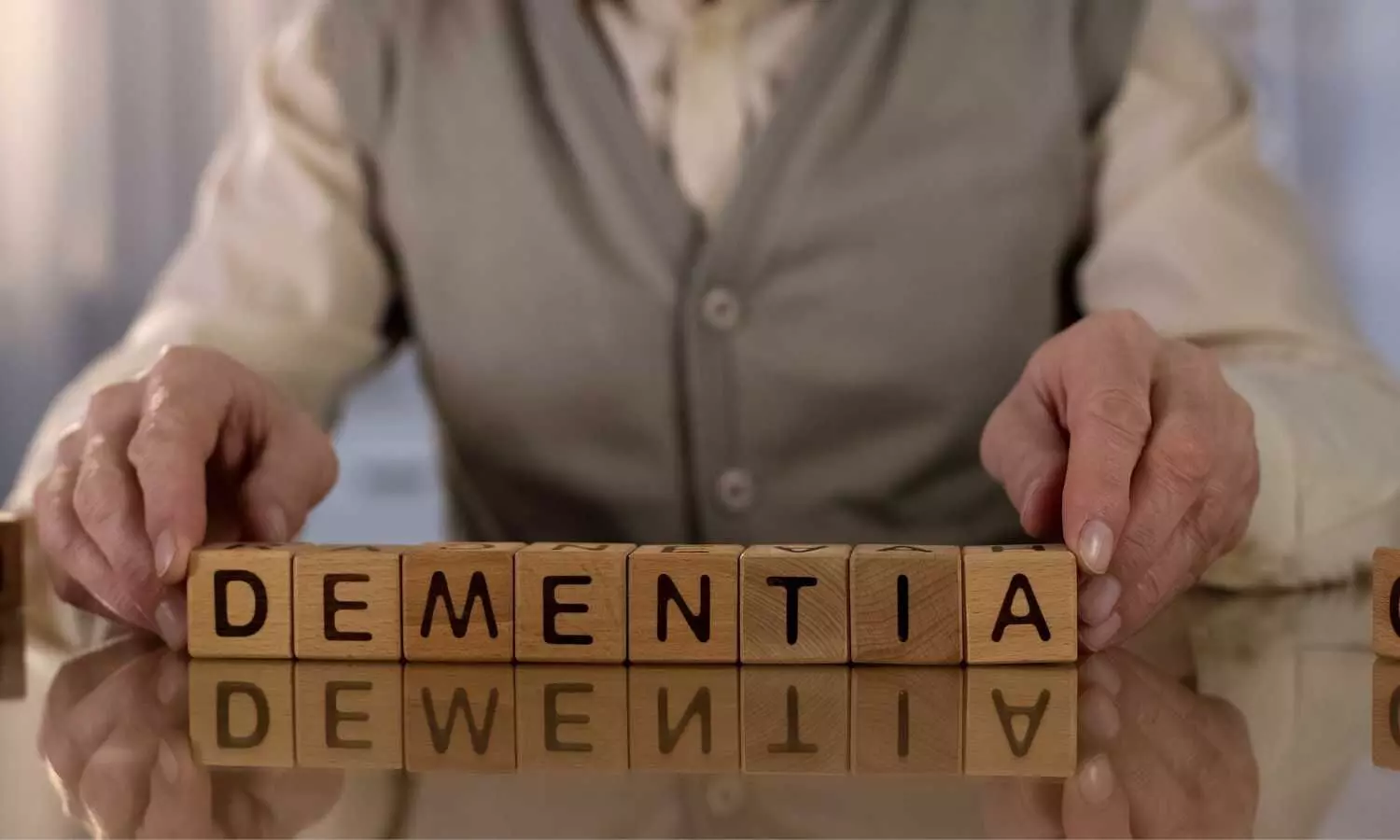
Receiving six or more prescriptions of the drug gabapentin for low back pain is associated with significantly increased risks of developing dementia and mild cognitive impairment (MCI)–29% and 85%, respectively-finds a large medical records study published online in the journal Regional Anesthesia & Pain Medicine.
What’s more, these risks were more than twice as high in those normally considered too young to develop either condition-18-64 year olds-the findings indicate.
Unlike opioids, gabapentin has relatively low addictive potential, and it has become increasingly popular for the treatment of chronic pain, especially neuropathic pain, as it offers potentially neuroprotective benefits, point out the researchers.
But concerns are beginning to emerge about its side effects, including a possible association with neurodegeneration, although the findings to date have been mixed, including if particular age groups might be more vulnerable they add.
In a bid to shed more light on these issues, the researchers drew on real-time data from TriNetX, a federated health research network, which contains electronic health records from 68 healthcare organisations across the USA.
They scrutinised the anonymised records of adult patients who had and hadn’t been prescribed gabapentin (26,414 in each group) for chronic low pain between 2004 and 2024, taking account of demographics, co-existing conditions, and the use of other analgesic drugs.
Those who had received six or more gabapentin prescriptions were 29% more likely to be diagnosed with dementia and 85% more likely to be diagnosed with MCI within 10 years of their initial pain diagnosis.
And when the records were stratified by age, 18–64 year olds prescribed the drug were more than twice as likely to develop either condition than those who hadn’t been prescribed gabapentin.
While there was no heightened risk among 18–34 year olds prescribed the drug, the risks of dementia more than doubled and those of MCI more than tripled among 35–49 year olds prescribed it. A similar pattern was observed among 50–64 year olds.
Risks also rose in tandem with prescription frequency: patients with 12 or more prescriptions were 40% more likely to develop dementia and 65% more likely to develop MCI than those prescribed gabapentin between 3 and 11 times.
This is an observational study, and as such, no firm conclusions can be drawn about cause and effect. The researchers also acknowledge that their study was retrospective, and they weren’t able to account for dose or length of gabapentin use.
Nevertheless, they conclude: “Our findings indicate an association between gabapentin prescription and dementia or cognitive impairment within 10 years. Moreover, increased gabapentin prescription frequency correlated with dementia incidence.”
They add: “Our results support the need for close monitoring of adult patients prescribed gabapentin to assess for potential cognitive decline.”
Reference:
Risk of dementia following gabapentin prescription in chronic low back pain patients, Regional Anesthesia & Pain Medicine (2025). DOI: 10.1136/rapm-2025-106577
Powered by WPeMatico
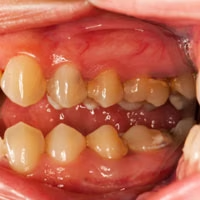
Researchers have found in a new study that periodontitis was linked to a higher risk of peptic and duodenal ulcers, but not gastric ulcers. Therefore treatment of periodontitis may enhance the effectiveness of peptic and duodenal ulcer therapies.
Considering the importance of periodontal diseases in the occurrence of systemic diseases such as peptic ulcer diseases, the relationship between peptic ulcer diseases and periodontal diseases is important, therefore, the purpose of this meta-analysis is to investigate the relationship between peptic ulcer and periodontitis. In this systematic review, to find the relevant articles, PubMed, Web of Science and Scopus databases were reviewed according to the search strategy. All studies were screened and eligible studies were selected to include in the meta-analysis. The quality of the selected articles was evaluated by the Newcastle–Ottawa assessment scale. I-square statistic was used to investigate the heterogeneity between studies and its significance was checked with Chi-square test. In cases where there was serious heterogeneity, random-effects model was used for data synthesis, otherwise fixed-effects model was used. Results: Five studies from different countries were included, among which there were two cross-sectional, two case–control, and one cohort study. Based on the primary studies that reported the adjusted results to control for confounders, a significant relationship between periodontitis and peptic ulcer was observed (effect size (ES) = 1.47, 95% CI 1.01–1.93, I-square = 93.1%), and similar significant results were also obtained regarding the relationship between periodontitis and duodenal ulcer (ES = 1.10, 95% CI 1.02–1.17, I-square = 33.0%), but there is no significant relationship between periodontitis and gastric ulcer (ES: 1.33, 95% CI 0.71–1.96, I-square = 74.0%). The results of this study showed that periodontitis is associated with increased risk of peptic ulcer and duodenal ulcer, but no significant relationship was observed with gastric ulcer. Therefore, the implementation of periodontitis treatment protocol can increase the success of peptic ulcer and duodenal ulcer treatment.
Reference:
Motaghi, A., Bayani, M., Mehrafarid, H. et al. Increased risk of peptic ulcer following periodontitis: a systematic review and meta-analysis. Eur J Med Res 30, 584 (2025). https://doi.org/10.1186/s40001-025-02669-2
Keywords:
Periodontitis, linked, higher, risk, Peptic, Duodenal Ulcers, Study, European Journal of Medical Research, Motaghi, A., Bayani, M., Mehrafarid, H, Peptic ulcer, Gastroduodenal ulcer, Periodontal diseases, Periodontitis, Meta-analysis
Powered by WPeMatico
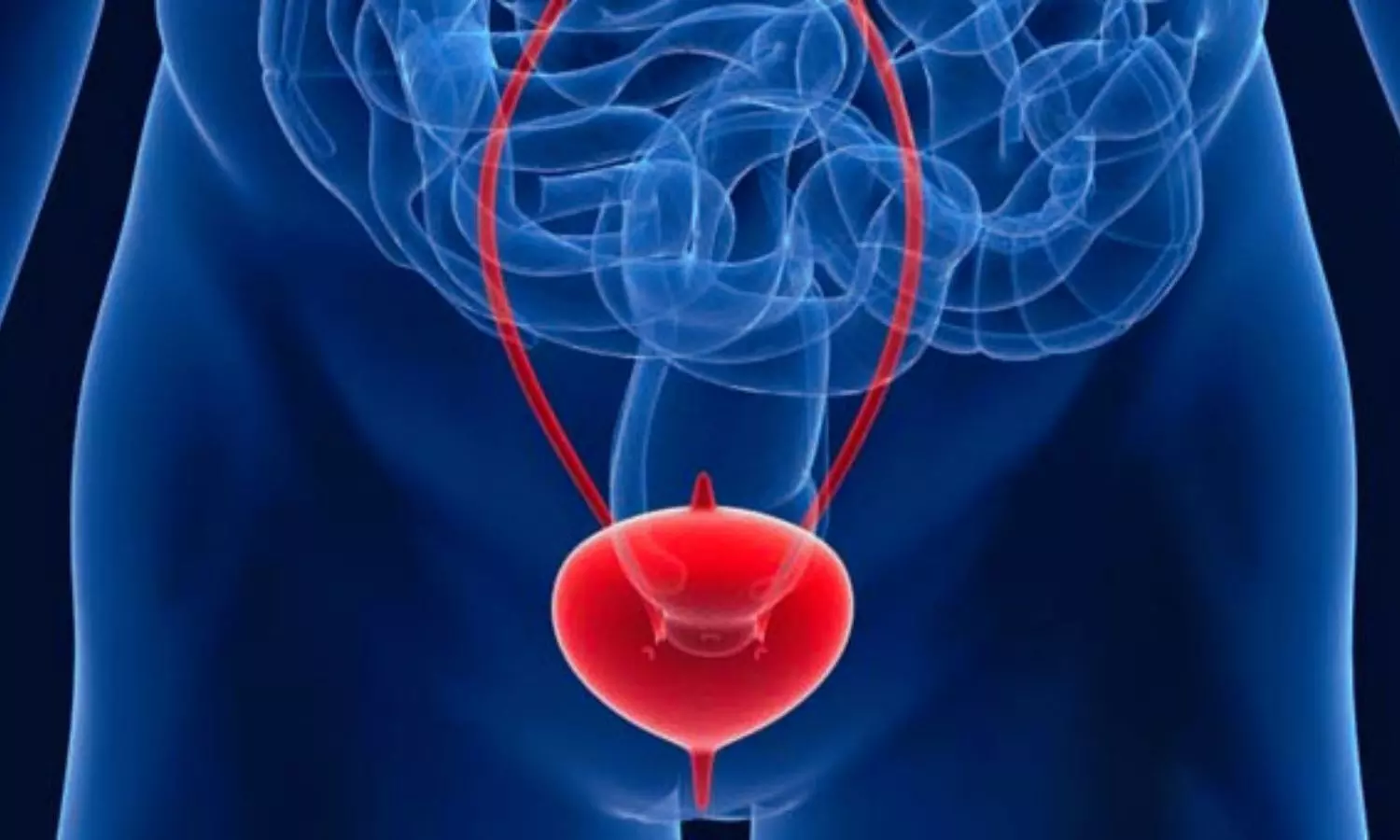
USA: A new retrospective cohort study published in Neurourology and Urodynamics has revealed a significant association between certain childhood health conditions and the likelihood of developing interstitial cystitis (IC) later in life. Conducted by Dr. Mohammad Alipour-Vaezi and colleagues from Virginia Tech, the research analyzed data from the TriNetX US Collaborative Network, which includes health records from over 118 million individuals.
Interstitial cystitis, a chronic bladder disorder marked by pelvic pain, urinary urgency, and frequent urination, continues to pose clinical challenges due to its unclear origins and limited treatment options. In this large-scale investigation, the researchers explored whether early-life diagnoses—specifically gastrointestinal (GI) disorders, urological anomalies (UA), psychiatric disorders (PD), and autoimmune diseases (AD)—influence IC risk in adulthood.
The team established study and control cohorts based on childhood diagnoses and tracked the incidence of IC over a 14-year follow-up period. Statistical tools such as propensity score matching and Kaplan-Meier survival analysis were used to ensure balanced comparisons and robust findings.
The study revealed the following findings:
The study’s large sample size, drawn from nearly four million patient records, lends credibility to its findings. However, the authors also noted several limitations. These include potential inaccuracies in diagnostic coding within electronic health records, loss of data from patients who left participating healthcare systems, and the rarity of IC itself, which limited the strength of statistical conclusions for certain subgroups, especially those with autoimmune and psychiatric conditions.
Despite these limitations, the findings offer valuable contributions to the understanding of IC. They underscore the importance of early monitoring and intervention for children with GI and urological disorders to prevent or minimize the long-term burden of IC. The authors advocate for greater awareness of IC and call for interdisciplinary collaboration across specialties, such as urology, gastroenterology, psychiatry, rheumatology, and pediatrics.
The authors concluded, “Looking ahead, the study encourages further prospective research with more comprehensive datasets to strengthen the evidence base, particularly for rarer conditions. Such efforts could ultimately improve risk stratification and lead to earlier, more effective strategies for IC prevention and management.”
Reference:
Alipour-Vaezi, M., McNamara, R. S., Rukstalis, M. R., Gentry, E. C., Rukstalis, D. B., Penzien, D. B., Tsui, L., & Zhong, H. Comparative Risk of Developing Interstitial Cystitis With Childhood Gastrointestinal, Urological, Autoimmune, or Psychiatric Disorders. Neurourology and Urodynamics. https://doi.org/10.1002/nau.70104
Powered by WPeMatico

China: A recent study published in Clinical and Experimental Rheumatology revealed that warm acupuncture significantly reduces cold sensitivity, pain, and discomfort from wind in fibromyalgia patients with cold intolerance over an 8-week treatment period. These findings highlight the potential of this traditional therapy in addressing symptoms for which no specific treatment currently exists.
Fibromyalgia is a chronic condition characterized by widespread musculoskeletal pain, fatigue, and heightened sensitivity to various sensory stimuli. Among those affected, nearly 85% report increased sensitivity to cold temperatures. Despite its prevalence, this particular symptom has been largely overlooked in existing treatment strategies.
Seeking to address this gap, Yang Li, Department of Rheumatology, Guang’anmen Hospital, China Academy of Chinese Medical Sciences, Beijing, China, and colleagues conducted a preliminary clinical trial to evaluate the therapeutic role of warm acupuncture in this subgroup.
The randomized, single-blinded, crossover trial included 38 participants diagnosed with fibromyalgia and high cold sensitivity. The study followed a two-phase approach: participants were randomly assigned to receive either warm acupuncture or no treatment (observation) for 8 weeks. After the first phase, they switched groups for another 8 weeks, allowing each participant to serve as their control.
The primary outcome measure was the change in cold sensitivity, assessed using the Visual Analogue Scale (VAS). Secondary outcomes included changes in sensitivity to pain, wind, bright light, noise, and odors, alongside evaluations of other fibromyalgia symptoms through standardized scales.
The findings of the study were as follows:
According to the authors, the study is the first to explore the benefits of warm acupuncture, specifically, in fibromyalgia patients who struggle with cold intolerance. The researchers noted that their findings open new avenues for personalized treatment approaches, particularly for patients who do not respond well to conventional therapies.
In conclusion, warm acupuncture shows promise as a non-pharmacological intervention for reducing cold-related symptoms and overall discomfort in fibromyalgia. The results suggest that this traditional therapy could be a valuable addition to the limited treatment options currently available for patients with cold-sensitive fibromyalgia.
Reference:
Li Y, Wang YD, Li ZH, Wu SY, Long M, Jiao J. Warm acupuncture for fibromyalgia with increased cold sensitivity: a cross-over randomised controlled trial. Clin Exp Rheumatol. 2025; 43: 000-000.
Powered by WPeMatico

New Delhi: The Delhi High Court has upheld a commercial court’s judgment restraining Rajasthan Aushdhalaya Pvt Ltd from using “Liv-333” as a trademark, citing its deceptive similarity to Himalaya Global Holdings’ long-standing brand “Liv.52”. The Court also imposed injunctive relief and awarded Rs 20 lakh in damages, along with over Rs 10 lakh in legal costs.
The dispute arose after Himalaya Global, the registered proprietor of “Liv.52”, filed a trademark infringement suit against Rajasthan Aushdhalaya in 2024. Himalaya alleged that Aushdhalaya’s product “Liv-333”, introduced in January 2024, infringed on its long-standing brand and was likely to confuse consumers.
The original suit (CS (Comm) 433/2024) sought permanent injunction, damages, and delivery of infringing goods for destruction. Himalaya argued that the similarity between “Liv-333” and “Liv.52” would lead to initial interest confusion, especially since both were liver formulations used for similar therapeutic purposes.
In its legal submissions, Himalaya Global Holdings Ltd. contended that the term “Liv” was not merely a generic prefix but rather the dominant and essential feature of its long-established and widely recognized trademark, “Liv.52.” The company argued that the addition of the numerical suffix “333” by Rajasthan Aushdhalaya was not sufficient to distinguish the infringing mark from its own. According to Himalaya, the phonetic similarity, visual structure, and intended therapeutic use of both marks could mislead an average consumer, especially given the context of pharmaceutical products where accuracy and brand recognition are crucial. The plaintiff also stressed that the continued use of the mark “Liv-333” posed a significant risk to its brand goodwill, built over decades, and had the potential to cause irreparable harm—both commercially and in terms of public trust in its products.
On the other hand, Rajasthan Aushdhalaya Pvt. Ltd. defended its use of the mark by arguing that the term “Liv” was a generic abbreviation commonly used across the pharmaceutical industry to denote liver-related medications, and therefore could not be exclusively appropriated by any one company. To support this argument, the company cited the presence of multiple other registered products such as “Livogen,” “Livaplex,” and others, demonstrating that “Liv” was in public domain and had become publici juris. Furthermore, Aushdhalaya claimed that the overall packaging, trade dress, and complete brand identity of “Liv-333” were sufficiently different from “Liv.52” and unlikely to cause confusion among consumers.
However, the Division Bench of Justices C. Hari Shankar and Ajay Digpaul disagreed. In a detailed ruling, the bench noted;
“‘Liv’ formed the essential feature of the ‘Liv.52’ Mark… The addition of the number ‘333’ after ‘Liv’ did not serve to distinguish the appellant’s mark.”
The Court emphasized that in trademark analysis, the “initial interest confusion” test applies—confusion that occurs when an ordinary consumer mistakenly assumes the new product is associated with the original, even at first glance, is sufficient for infringement. It held;
“The use of the term LIV… creates a high degree of similarity and likelihood of confusion… the primary and most recognisable component remains identical.”
Relying on earlier precedent (Himalaya Drug Co. v SBL Ltd. and Cadila Healthcare Ltd v Cadila Pharmaceuticals Ltd.), the court observed;
“In the case of medicinal products, possibility of confusion could have serious detrimental effect on public health… deception had to be addressed with greater caution.”
Justice Shankar’s Bench declined to permit broad use of the prefix “Liv,” but made clear that marks using “Liv” with distinct suffixes—such as Livogen or Livaplex—are not barred, since the injunction specifically targets “Liv‑333” or deceptively similar marks .
Regarding penalties, the court noted that Aushdhalaya continued using the infringing “Liv‑333” mark even after interim injunctions. Consequently, the court upheld damages and costs;
“Damages of Rs 20 lakhs, with each defendant… being required to pay Rs 10 lakhs, along with costs of Rs 10,91,567/-.”
However, the court stayed the collection of damages and costs pending appeal—so long as Aushdhalaya deposits the principal Rs 20 lakh within eight weeks and avoids further infringement.
To read the original order, click on the link below:
Powered by WPeMatico

New Delhi: Bringing an end to one of the most closely watched healthcare Merger and Acquisition (M&A) chases in India, the Manipal Health Enterprises, India’s second-largest hospital chain, has acquired Sahyadri Hospitals from Canada’s Ontario Teachers’ Pension Plan (OTPP) for Rs 6,400 crore, according to a recent Economic Times report. The deal strengthens Manipal’s footprint across Western India and pushes its national bed count to 12,000.
This move follows an aggressive bidding race involving Fortis, Aster DM Healthcare, and EQT. According to ET, Manipal outpaced its rivals after OTPP decided to divest its stake. The acquisition gives Manipal control of 11 hospitals in Maharashtra, including facilities in Pune, Nashik, Ahilya Nagar, and Karad, staffed by over 2,500 clinicians and 3,500 support personnel.
Medical Dialogues team had earlier reported that Manipal had emerged as the frontrunner to acquire Sahyadri Hospitals, with a commanding all-cash bid of Rs 6,838 crore (approximately USD 820 million). The offer placed Manipal ahead of prominent global and domestic contenders such as Blackstone, EQT Partners, IHH Healthcare-backed Fortis, KKR-backed Quality Care Hospitals, and Aster DM Healthcare.
Also Read: Manipal Outbids Blackstone, Fortis to Lead Race for Sahyadri Hospitals with Rs 6,838 Cr Offer
Quoting ET’s exclusive report, Ranjan Pai, Chairman, Manipal Education and Medical Group, said, “This acquisition will strengthen our presence in Western India, enabling us to extend world-class healthcare to more patients.”
Manipal’s expansion follows a recent $600 million debt infusion from KKR, aimed at fueling acquisitions and growth ahead of its expected IPO. The hospital chain had previously acquired AMRI Hospitals for Rs 2,400 crore in 2023 and Columbia Asia India for Rs 2,100 crore in 2021.
The deal also marks a significant return for OTPP, which acquired Sahyadri in August 2022 for Rs 2,500 crore. By exiting at Rs 6,400 crore, the Canadian pension giant has booked a 2.6x return on its investment in just under three years. As per ET, this implies a valuation multiple of 31x Sahyadri’s FY25 EBITDA of Rs 210 crore, a figure comparable to Apollo Hospitals’ 36x valuation.
OTPP’s senior India head, Deepak Dara, remarked, “We saw the potential to build on Sahyadri’s strong brand to create a regional healthcare leader.”
Adding further context, Rahul Mukim, Managing Director, Private Capital at OTPP, said, “Our partnership with Sahyadri… focused on unlocking long-term value—investing behind key specialties, expanding reach and building institutional processes.”
This acquisition comes as India’s private healthcare market experiences heightened deal activity, with operators like Manipal aiming to consolidate regional powerhouses under large national umbrellas. For OTPP, the deal caps a successful three-year engagement that began with a buyout from Everstone Capital, who had acquired Sahyadri from its founder, Dr Charudutt Apte, in 2019 for Rs 1,000 crore.
Powered by WPeMatico
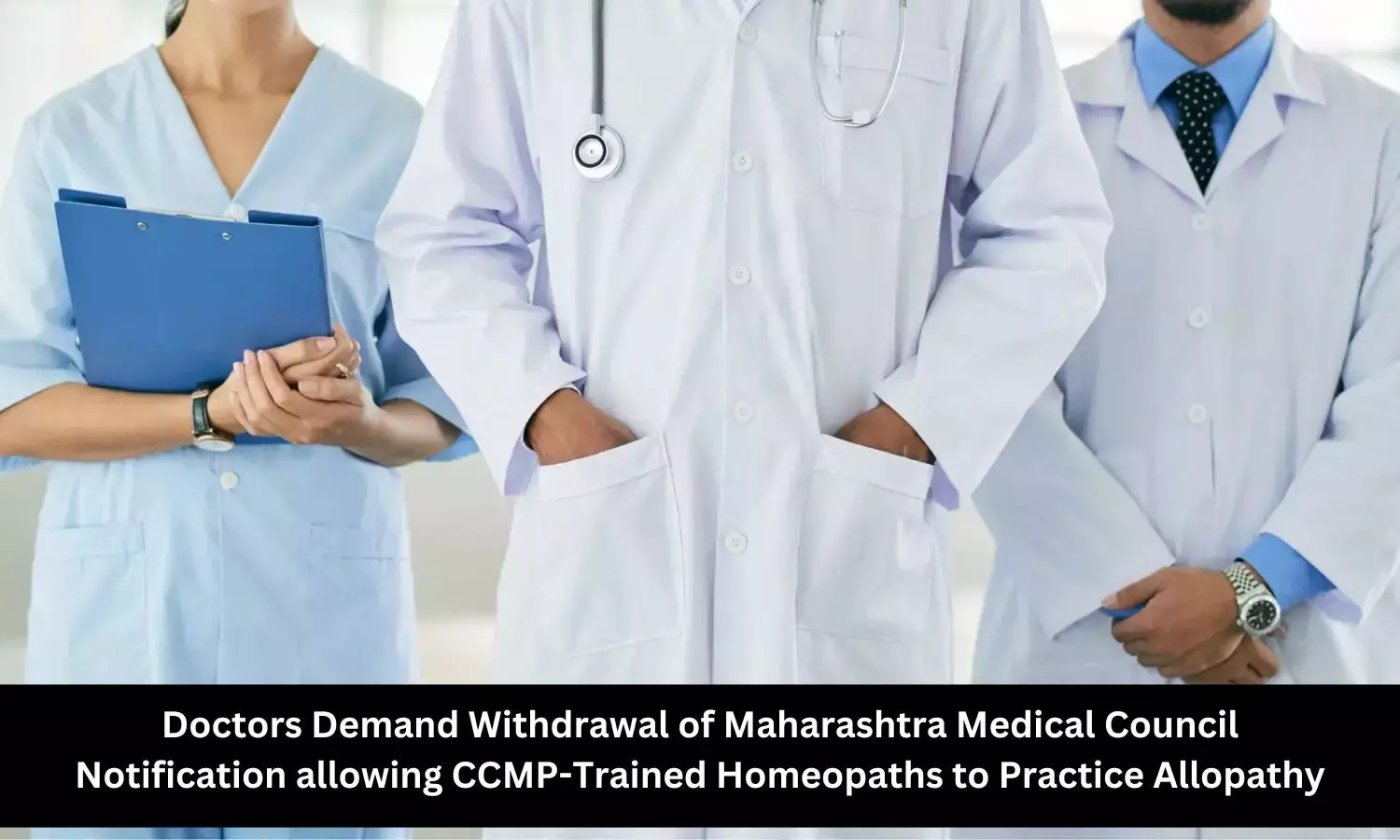
Doctors Demand Withdrawal of Maharashtra Medical Council Notification allowing CCMP-Trained Homeopaths to Practice Allopathy
Strongly opposing the Maharashtra Medical Council’s decision to allow CCMP-trained homeopathic practitioners to practice modern allopathic medicine and register with the council, senior resident doctors in Maharashtra have urged the council to immediately withdraw the notification. They asserted that such a move is “medically indefensible, ethically unacceptable, and legally questionable.”
In a letter submitted to the MMC Administrator, the Maharashtra Senior Resident Doctors Association (MSRDA) called the decision “unprecedented” and stated that its implementation would severely dilute the scientific integrity of modern medicine. They argued that the move is an affront to thousands of allopathic doctors who have dedicated over a decade of their lives to intense, evidence-based medical training, from MBBS to post-graduation and beyond.
Allowing practitioners trained in a fundamentally different medical system to transition into modern medicine through such a shortcut is, according to the association, reckless and dangerously irresponsible. Therefore, they demanded the urgent revocation of the decision to prevent irreversible damage to Maharashtra’s medical ecosystem and to protect the safety of millions of citizens.
For more information, click on the link below:
Powered by WPeMatico

Who’s Exempt from Basic Course in Medical Education? NMC notifies new rules for medical faculty
The National Medical Commission (NMC) has offered an exemption from undergoing the mandatory Basic Course in Medical Education (BCME) to the faculty serving in super-speciality departments or in broad speciality subjects not included in the undergraduate curriculum, and the faculty serving in Institutes of National Importance (INIs). Releasing the final Medical Institutions (Qualifications of Faculty) Regulations, 2025, in the official Gazette dated June 30, 2025, NMC laid down the eligibility qualifications of medical teachers at medical institutes.
In these regulations, the NMC announced an exemption from the Basic Course in Medical Education to select faculty. As per these regulations, the following faculty shall be exempt from the requirement to undergo the Basic Course in Medical Education-
(a) any faculty serving in super-speciality departments or in broad speciality subjects not included in the undergraduate curriculum; and
(b) any faculty serving in an institute of national importance, provided that such faculty shall be required to complete the course within two years of appointment in a recognised medical institution.
NMC has specified this in the newly released regulations after providing a similar clarification while considering the case of a doctor who had challenged the recruitment process at Dr. RMLIMS.
For more information, click on the link below:
Who’s Exempt from Basic Course in Medical Education? NMC notifies new rules for medical faculty
Powered by WPeMatico
